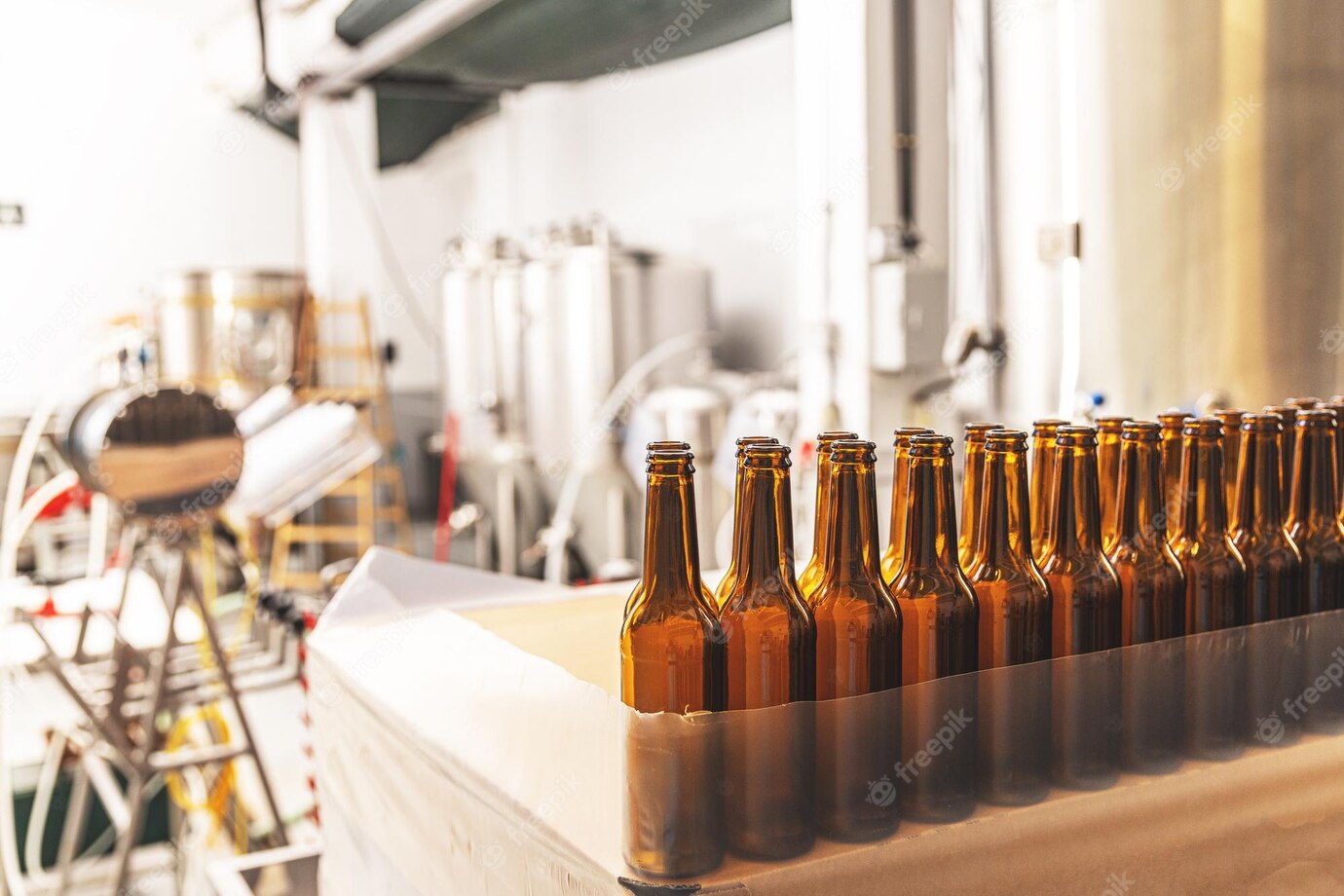Unlock the secret of labeling and packaging your homebrew with these simple tips!
Are you a beginner in the world of brewing beer? Have you ever been stuck thinking of the best labels and packaging for your home-brewed beer? If so, this article is for you! Here, you will find some tips to help you quickly come up with the perfect labels and packaging for your newly crafted beer. Learn useful tactics for designing labels for your home-brewed beer, get insights into the most effective packaging materials, and find out where to find good-quality materials. All of this and more, to ensure your beer stands out from the crowd.
Tips For Labeling and Packaging Your Home Brew
Making your own home brew can be a great hobby, as you can take pride in producing your own alcoholic beverage with a unique flavor and character and show off your craftsmanship. After you have gone through the brewing process, it’s time to package your beer. Ensuring that your beer looks professional, tastes great and has been handled properly and is safe to drink all starts with properly labelling and packaging your home brew.
Labeling Considerations
Regardless of what you are putting in a bottle, the food and drink labelling industry has specific requirements which need to be followed. Labels must contain relevant information about the product, must not mislead customers, and should be able to endure handling and storage.
When it comes to brewing, the label needs to contain:
- Name – Your label should include the name of your product.
- Origin – The origin of the product must be indicated on your label, such as home-brewed or imported.
- Alcohol content – This one is important and should be the most visible element on the label. Usually, alcohol content is indicated as a percentage vol or abv.
- Ingredients – A list of the ingredients in your home brew should be visible on the label.
- Production date – You must indicate the date of manufacture.
- Best-before date – You must indicate the product’s best-before date, which is often indicated in months or years since production.
- Storage instructions – How the product should be stored needs to be indicated. For beer, this often includes storing it in a cool dark place away from direct sunlight.
- Warning/allergen information – If any allergens are present, or if the product contains an age restriction warning, there should be a label stating this information.
It’s also important to include your name and contact information, such as an email address, on the label. This not only provides contact information in the event of any queries, but it also gives a professional touch.
Label Design
Beer labels have to stand out, inviting customers to try the beverage and highlight its unique flavor. Furthermore, good design will also show customers that the product is trustworthy and of quality.
When deciding on a design for your label, you need to consider the material and shape of your label and what color will work best for it. This is where you can let your creativity come into play.
When it comes to color, it’s worth considering that certain colors will evoke certain emotions or reactions. For example, red is often used to represent strength and passion, while yellow and orange evoke happiness and energy. You can also consider the color scheme of the product’s flavor, such as using a green label for a product that has a mint flavor.
Label Creation and Printing
Of course, before you can start using your labels, you need to print them. You can invest in a printable label printer or take your designs to a professional printing company.
When creating your label designs, it’s also a good idea to consider the size and shape of your label. For home brews, most labels tend to be circular with a diameter of between 70 and 95mm. Alternatively, you can choose from die-cut labels, which are custom shapes and sizes.
Packaging for Home Brews
If your home brews are for your own personal use, then you don’t need to do much in the way of packaging. Bottles are the most common option and you can decorate them with shrink-wrap and printed corks.
However, if you do decide to package your beer for commercial sale, then it’s worth considering the following.
Choose an Appropriate Packaging
The most common option for beer is an aluminum can. However, there are now several variations of packaging available, including flip-top bottles, corrugated cases, jumbo packs and more specialized types, such as coffee and clear plastic cups. The choice of packaging you select depends largely on the amount of product you have and the budget you have available.
Packaging Materials
When it comes to packaging material, there are two primary options: paperboard and plastic. Paperboard is fairly easy to use and is less expensive than plastic. It

